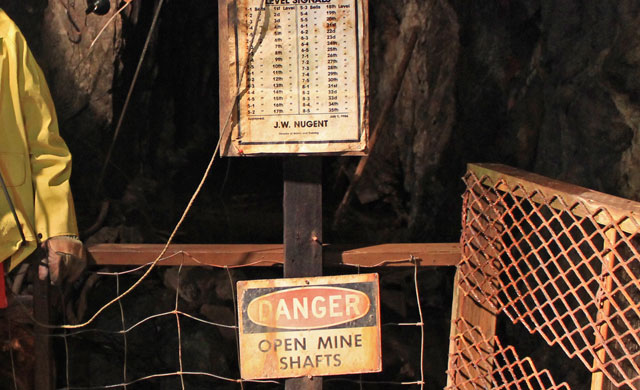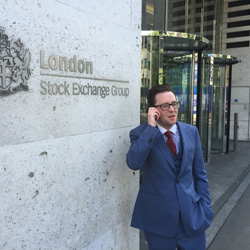Buffett and Munger were hesitant to buy See’s Candy in November 1971. After all, net tangible assets were only $7m and after-tax profits were about $2m. Thus the asking price of $30m seemed high to them from both the balance sheet perspective and the earnings perspective.

Ira Marshall (Munger’s partner at the investment fund Wheeler, Munger and Co.) helped to convince them that this was a special company and worth paying more for, with Munger wading in to persuade Warren. There was one great positive element in the above numbers – a 29% after-tax return on net tangible assets.
Also, See’s at that time was selling candy at about the same price as a major competitor, Russell Stover, but the Blue Chip Stamps team thought that it had untapped pricing power and could, over time, charge an increasing premium to Russell Stover.
They figured if Blue Chip paid $25m, then with a post-tax profit of $2m that is a 12.5% earnings yield even without raising prices (the 10-year treasury rate in November 1971 was 5.8%).
But if earnings could be put on a fast-rising trend through the leverage of what Buffett became increasingly convinced was “uncapped pricing power” it wouldn’t be long before earnings rose from about $4m pre-tax to £6.5m – $7m. That would occur with a price rise of just another 15c on each pound (compared with the then $1.85).
Given Buffett’s adherence to Benjamin Graham’s principles, it was quite a leap for him to be……………………………………….To read the rest of this article, and more like it, subscribe to my premium newsletter Deep Value Shares – click here http://newsletters.advfn.com/deepvalueshares/subscribe-1

 Hot Features
Hot Features













